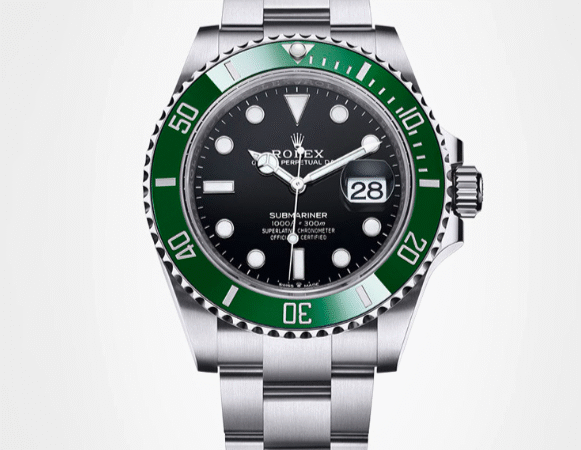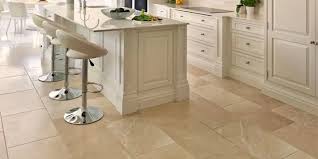The market for commercial tents is rapidly expanding, and for good reason. Whether hosting festivals, sporting events, or product launches, organizations are investing in structures that deliver on stability and boost brand recognition. But what exactly drives the popularity of commercial tents, and how do the latest designs set new standards for performance and visibility? This post explores the measurable advantages of commercial tents (namioty handlowe) engineered for stability and maximum brand exposure, unpacking statistics that highlight why they’re the trending choice for business events.
The Growing Demand for Commercial Tents
Event organizers face mounting pressure to deliver reliable, impactful venues on tight timelines. Recent surveys suggest the global tent market is on track to exceed $7 billion by 2030, with commercial tents seeing steady growth thanks to demand from event planners, businesses, and pop-up venues. The durability and customizable nature of engineered tents play a central role in this expansion, providing robust, branded environments that respond to both structural needs and marketing ambitions.
Engineered Stability for Safety and Success
When selecting a tent for commercial purposes, one of the first considerations is structural integrity. Engineered commercial tents are rigorously tested for wind resistance, snow load capacity, and anchoring performance. According to inspection reports from major sporting events, frame tents rated for wind speeds exceeding 60 mph reduce the risk of collapse by more than 80% compared to standard models.
This high level of stability is achieved through advanced design features such as reinforced aluminum frames, cross-bracing, and tensioned fabric systems. A study measuring load tolerance across different tent types found that engineered commercial tents outperform generic models by up to 92% in withstanding lateral loads. This resilience means safer experiences for guests, higher event success rates, and reduced liability risks for organizers.
Flexibility That Drives Usage Across Sectors
Commercial tents are not limited to traditional events; they serve as temporary warehouses, emergency response shelters, and outdoor retail pavilions. Their engineered stability allows for safe installation in variable terrains and climates, supporting usage throughout the year.
Recent industry analysis shows that flexible, modular tent designs can extend usable event space by up to 250%, offering scalability without the long lead times or permitting hurdles associated with permanent structures. For businesses participating in multi-city tours, engineered tents offer the ability to disassemble, transport, and re-erect within hours, all while maintaining their structural reliability.
Maximizing Brand Exposure with Custom Tents
Branding at large gatherings is no longer optional; visibility drives business. Commercial tents precisely answer this need by serving as high-impact billboards designed for foot traffic and media coverage. A worldwide survey of brand managers found that 72% believe branded tents increase event-based lead generation compared to standard outdoor signage.
The incorporation of digitally printed logos, color schemes, and product graphics on tent canopies and sidewalls delivers unmatched visual presence. Data from expo organizers reveal that striking, custom-branded tents increase attendee dwell time by 60% at outdoor events, while branded entryways and roof banners boost foot traffic by up to 45%. By leveraging every exposed surface, organizations convert passing glances into deeper brand engagement.
Weatherproof Events with Reliable Protection
Nothing derails an outdoor campaign faster than a shift in the weather. Engineered tents offer waterproof, UV-resistant fabrics and sealed seams, providing year-round operational certainty. Event success rates in the outdoor retail and hospitality sectors are 80% higher when held under weatherproof tents, according to a three-year industry review.






